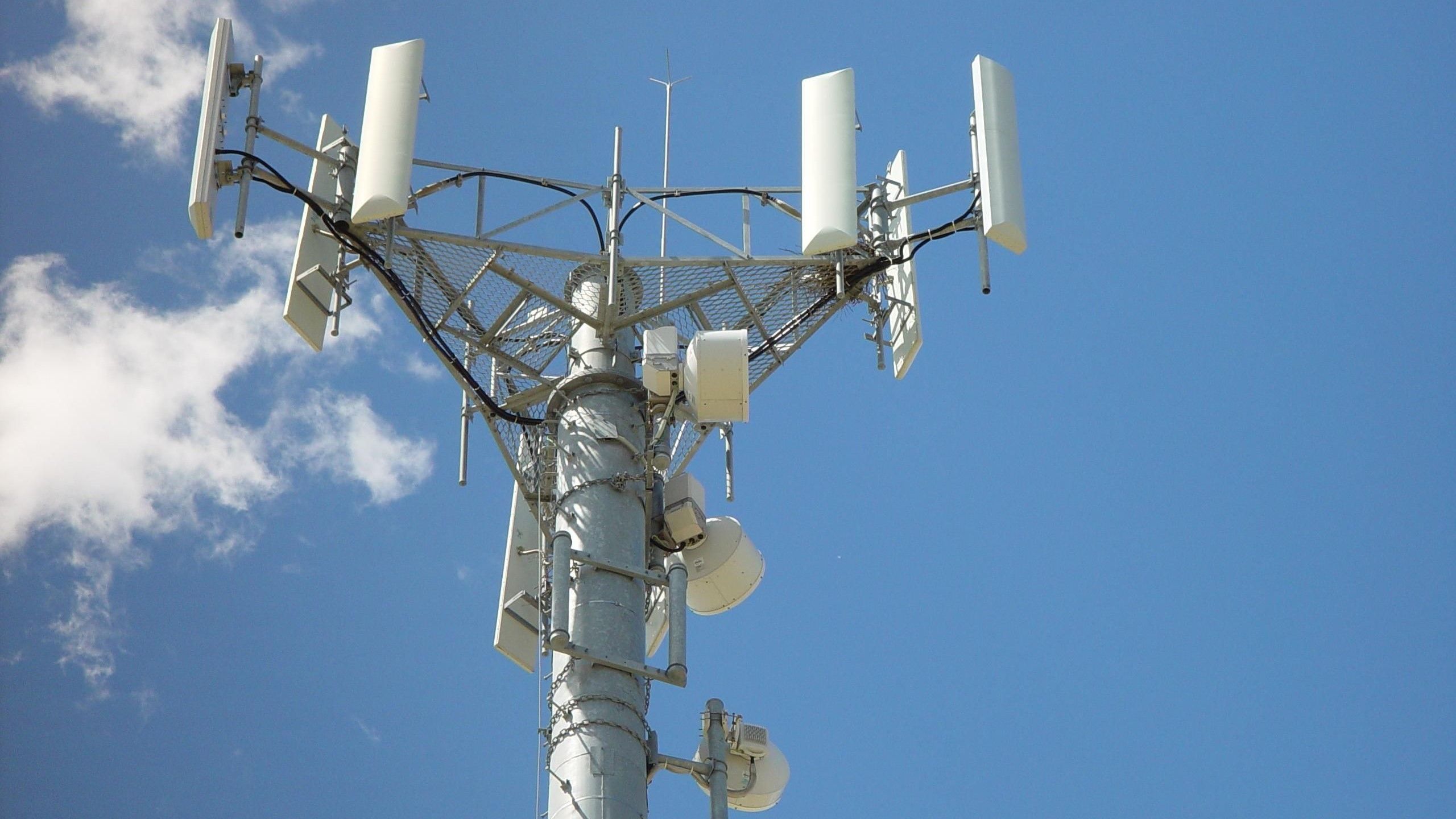The FCC has just authorized the commercial deployment of the 3.5GHz CBRS bands, approving its use by four companies from the CBRS alliance, including Google, and paving the way a whole new chunk of cellular frequencies here in the states. The new spectrum will be commercialized by OnGo, a cellular service/interoperability standard championed by CBRS Alliance. In short, this means some of us here in the 'states will soon have access to a whole new band of data.
This development follows about eight years of progress, first starting in 2012 when the idea of opening up the 3.5GHz spectrum for consumers in the United States was first mulled about. For more details, you can check our prior coverage of the subject here, but in short, the frequencies were originally held for military uses including radar — a restriction that's still partially imposed, as the "zone" based access can force an as-required military override in certain areas if the frequencies are necessary at a given time for government use. Basically, whenever the military decides that it needs to, it can override any public or commercial use of the frequency in a given area, and that requires centralized management and coordination among the various users of the spectrum.
Final rules for the new frequencies were put in place back in 2016, and as of today, the FCC has authorized the new use of the spectrum.
This doesn't mean that the phone in your pocket will start using the new 3.5GHz band 48 frequencies tomorrow, there are still plenty of steps remaining like OnGo certification for devices, though plenty of phones should theoretically support it, including even Google's older Pixel 3 and 3 XL, plus many more recent devices including the Pixel 4, Galaxy S10/Note10, OnePlus 7 Pro, and iPhone 11.
This new 150MHz-wide mid-band frequency is first set to be used for LTE, though 5G support is planned, according to both the FCC press release and VentureBeat. Outside phones, it's also expected to be used in plenty of other applications, including rural broadband and IoT.
Source: FCC Public Notice, FCC Press Release
Via: VentureBeat

